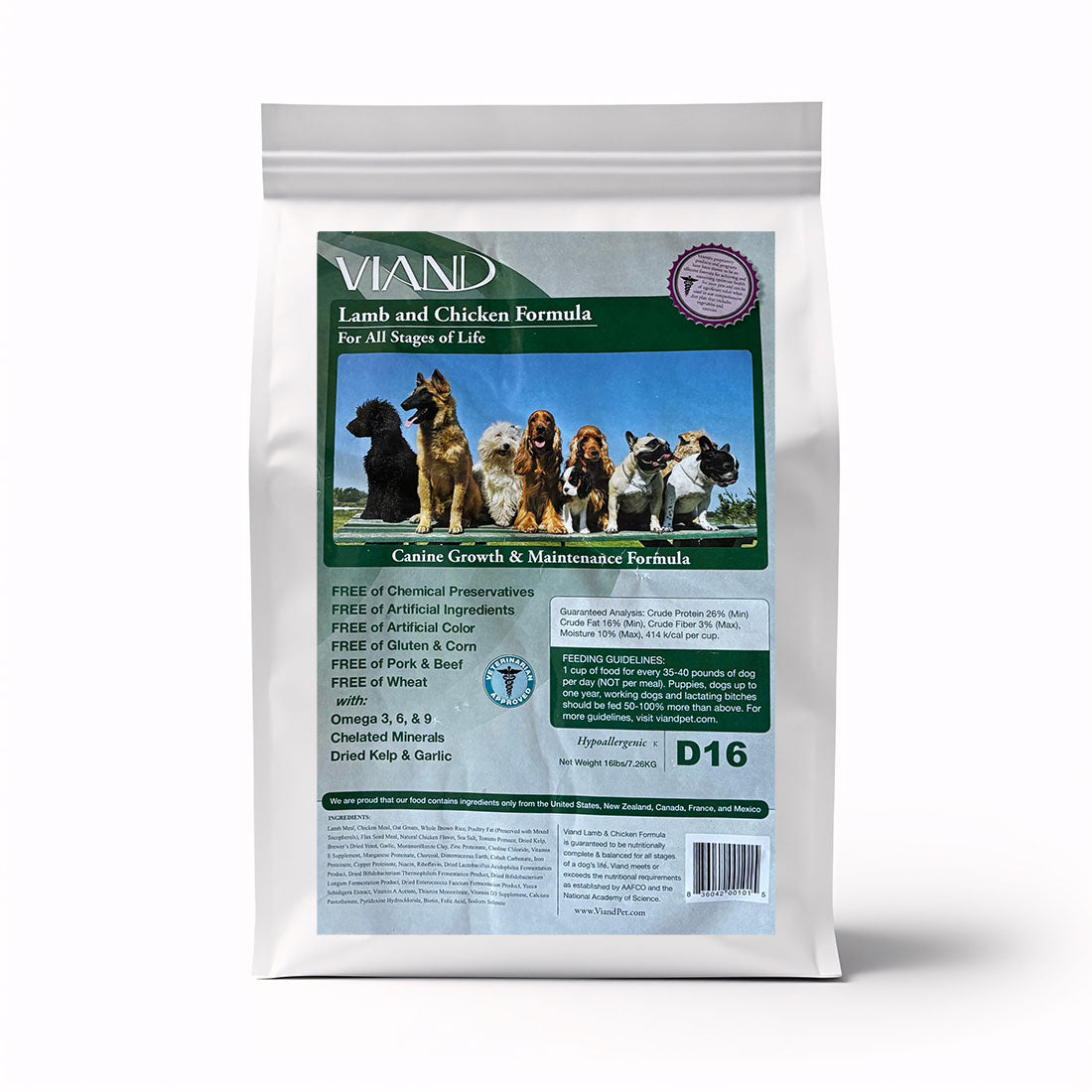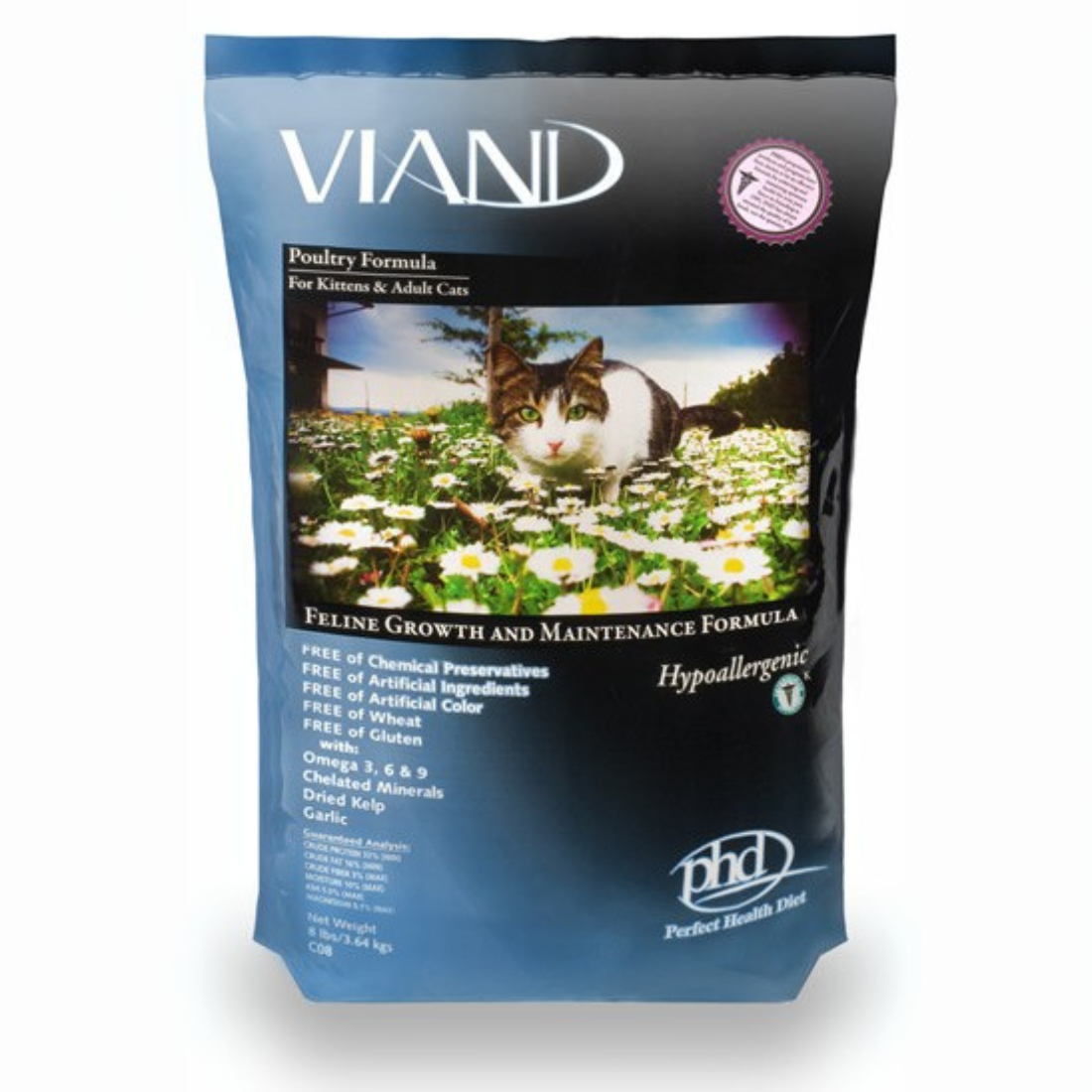· By Scott Pollak
The Protein Controversy
By Dr. Bruce DeBaun
A great deal of misinformation has been published about the adverse effects of protein on our animals. Large breed dogs, in particular, are believed to be affected by consuming too much protein during their puppy and adolescent stages. This misconception is predicated on the hypothesis that protein accelerates bone development. Nothing could be further from the truth!
The protein molecule is the fundamental building block of all cellular structure in the body, whether bone, muscle, organ, skin tissue or hair. The carnivore, in particular, requires a large amount of protein. The body takes this protein and converts it into one of five categories so it may be used wherever it is required.
Growth rate cannot be accelerated by feeding too much of a particular food element-it is determined by the animal's own gene pool. If the animal is not able to use a specific food
What about different protein levels for different life stages? If we think of wild dogs, we realize they eat the same protein prey (rabbit, woodchuck, and squirrel) through all life stages. Data supports the need for consistently high levels of protein. Younger animals require protein because they are going through rapid development that protein supports. Older animals, going through the accelerated degeneration of tissue that we call aging, require protein
The crude protein values listed on the pet food label do not indicate the amount of usable protein in a food, but rather the overall protein in the package. The actual usable protein (bio-available protein) is often quite less, therefore animals using commercial food are more apt to be protein deficient, than to have too much. Non-available protein, which comes from grains and other difficult-to-digest food elements, can cause health issues including protein deficiency, digestive problems, and allergies. Therefore, the source and quality of the protein are of primary importance.
Excess calories should not be confused with excess protein. Bone growth problems are more likely to be caused by excess calories and rapid weight gain due to excessive feeding coupled with
One should not rush to cut back on the amount of calories fed, either. In an effort to reduce calories in Lite, Puppy, or Senior formulas, pet food manufacturers generally reduce the already low protein and nutrient content. A careful look at the label illustrates that


